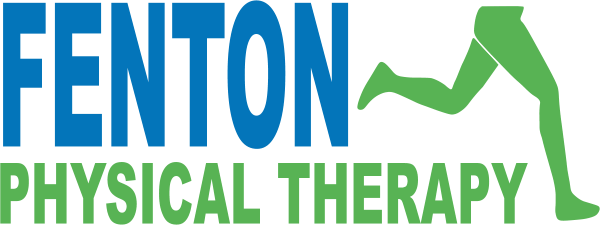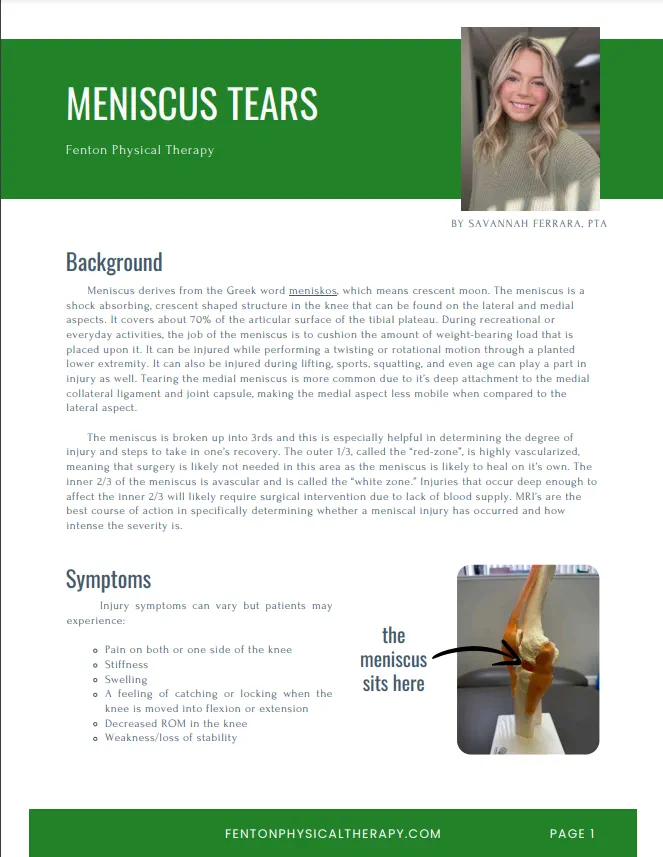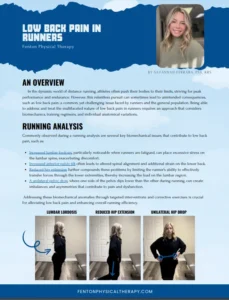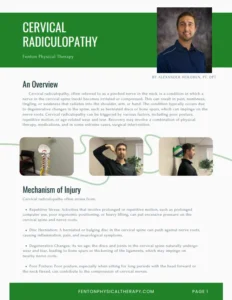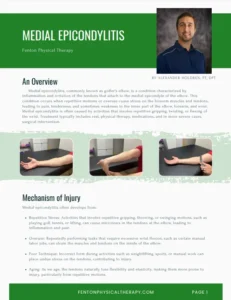Background
Meniscus derives from the Greek word meniskos, which means crescent moon. The meniscus is a shock absorbing, crescent shaped structure in the knee that can be found on the lateral and medial aspects. It covers about 70% of the articular surface of the tibial plateau. During recreational or everyday activities, the job of the meniscus is to cushion the amount of weight-bearing load that is placed upon it. It can be injured while performing a twisting or rotational motion through a planted lower extremity. It can also be injured during lifting, sports, squatting, and even age can play a part in injury as well. Tearing the medial meniscus is more common due to it’s deep attachment to the medial collateral ligament and joint capsule, making the medial aspect less mobile when compared to the lateral aspect.
The meniscus is broken up into 3rds and this is especially helpful in determining the degree of injury and steps to take in one’s recovery. The outer 1/3, called the “red-zone”, is highly vascularized, meaning that surgery is likely not needed in this area as the meniscus is likely to heal on it’s own. The inner 2/3 of the meniscus is avascular and is called the “white zone.” Injuries that occur deep enough to affect the inner 2/3 will likely require surgical intervention due to lack of blood supply. MRI’s are the best course of action in specifically determining whether a meniscal injury has occurred and how intense the severity is.
Symptoms
Injury symptoms can vary, but patients may experience:
- Pain on both or one side of the knee
- Stiffness
- Swelling
- A feeling of catching or locking when the knee is moved into flexion or extension
- Decreased ROM in the knee
- Weakness/loss of stability
Treatment
Depending on what 3rd the injury occurred in, treatment will vary, but a typical physical therapy session would like something as follows:
For outer 1/3 tears, 4-6 weeks of rest and PT to determine if healing can occur without the use of surgical intervention. If pain, swelling, and other symptoms persist through conservative treatment, the patient should be assessed for surgical intervention.
- Rest, ice, compression, elevation
- Pain free knee and ankle ROM exercises to aid in edema control
DOWNLOAD THE PDF FOR ILLUSTRATIONS
If tears are significant, and surgical intervention has been performed, a general PT session would look like something as follows during the acute phase:
- Ice, compression, and elevation
- Passive and AAROM within protocol
- Quad sets with NMES if needed.
- SLR in all directions
- Weight bearing as tolerated within protocol
Progressions are to be made when protocol allows for it, if protocol is not given after surgery, the patient will progress slow and controlled until the patient is back to prior level of activity.
Conclusion
Acute injuries are hard to prevent but a proper warm up routine before activity is beneficial, along with any quadricep strengthening exercises to reduce load on the knees. Wearing the appropriate shoes and easing into new activities or sports will place your knees at a decreased risk of becoming injured. Physical therapy is a highly effective course of treatment and will help return patients to prior level of function and reach new goals.
